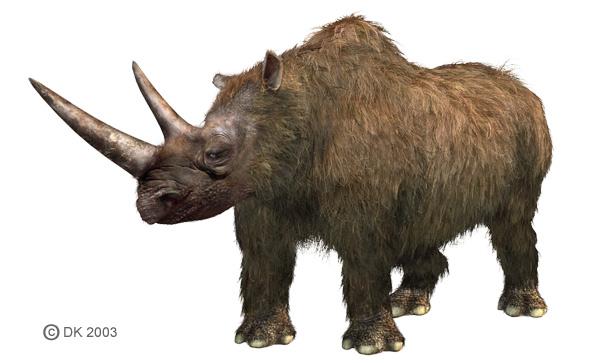
Saving Earth Britannica Presents Earth’s To-Do List for the 21st Century.Britannica Beyond We’ve created a new place where questions are at the center of learning.100 Women Britannica celebrates the centennial of the Nineteenth Amendment, highlighting suffragists and history-making politicians.
#RHINOCEROS DINOSAUR HOW TO#
COVID-19 Portal While this global health crisis continues to evolve, it can be useful to look to past pandemics to better understand how to respond today.Student Portal Britannica is the ultimate student resource for key school subjects like history, government, literature, and more.This Time in History In these videos, find out what happened this month (or any month!) in history.#WTFact Videos In #WTFact Britannica shares some of the most bizarre facts we can find.Demystified Videos In Demystified, Britannica has all the answers to your burning questions.Britannica Explains In these videos, Britannica explains a variety of topics and answers frequently asked questions.Britannica Classics Check out these retro videos from Encyclopedia Britannica’s archives.

Populations may have survived until about 8,000 BC in Siberia, however this is uncertain. Climate change may have also contributed, but this seems rather unlikely. It went extinct around the same time as the rest of the Pleistocene megafauna, and there are a lot of reasons that have been postulated for this, one of which being human hunting. It also would have had forbs and graminoids. It even had the gut necessary for digesting cellulose-rich food, allowing it to graze upon grasses and sedges, though it would have needed to do so in large amounts. It lived alongside woolly mammoths and other Pleistocene megafauna, as well as humans.įemales of the species gave birth to one or two calves, and it appears that it had the teeth and skull of a grazing herbivore. Its range grew and shrunk as the Ice Age waned between cold and warm cycles, and as such the populations migrated as these cycles occurred. Its ancestors migrated to the north from Tibet when the Ice Age began, and it had ranges in the Doggerland and Northern Europe, England, and the North Sea, which was then a cold and arid desert. It had very thick, very long fur, small ears, short legs, and a stocky body, as shown in the cave painting. The horns on the skull were made of keratin, with the longer horn about 61 centimeters long. It would have been about 2 meters tall, and it was about the same size or a little bit larger than the living white rhinoceros. It would have been about 3 to 3.8 meters long, weighing in at about 1,800 to 2,700 kg. In fact, it lived so recently and has been so well preserved, there are even mummified individuals from Siberia - and cave paintings!

It had stocky limbs and thick wooly fur to make it well suited to the tundra environment it lived in, and its closest living relative according to DNA studies (do you realize how amazing it is to write about organisms we have DNA for) is the Sumatran rhinoceros, Dicerorhinus sumatrensis. It lived in Europe and northern Asia, and was a member of the Pleistocene megafauna, a group of large mammals that lived in Ice Age. The woolly rhinoceros was a rhinoceros that lived during the Piacenzian age of the Pliocene epoch of the Neogene, to the Tarantian age of the Pleistocene epoch of the Quaternary, about 3.6 to 0.01 million years ago. Name: Coelodonta antiquitatis (Woolly rhinoceros)Ĭlassification: Cellular Life, Archaea, Proteoarchaeota, Eukaryota, Unikonta, Opisthokonta, Holozoa, Filozoa, Metazoa, Eumetazoa, Planulozoa, Bilatera, Nephrozoa, Deuterostomia, Chordata, Craniata, Vertebrata, Gnathostomata, Eugnathostomata, Teleostomi, Euteleostomi, Sarcopterygii, Rhipidistia, Tetrapodomorpha, Eotetrapodiformes, Elpistostegalia, Stegocephalia, Tetrapoda, Reptiliomorpha, Anthracosauria, Batrachosauria, Cotylosauria, Amniota, Synapsida, Eupelycosauria, Sphenacodontia, Sphenacodontoidea, Therapsida, Eutherapsida, Neotherapsida, Theriodontia, Eutheriodontia, Cynodonta, Epicynodontia, Eucynodontia, Probainognathia, Chiniquodontoida, Prozostrodontia, Mammaliaformes, Mammalia, Theriiformes, Holotheria, Trechnotheria, Cladotheria, Zathria, Tribosphenida, Theria, Eutheria, Placentalia, Boreoeutheria, Laurasiatheria, Scrotifera, Fereuungulata, Euungulata, Panperissodactyla, Perissodactyla, Tapiromorpha, Ceratomorpha, Rhinocerotoidea, Rhinocerotidae


 0 kommentar(er)
0 kommentar(er)
